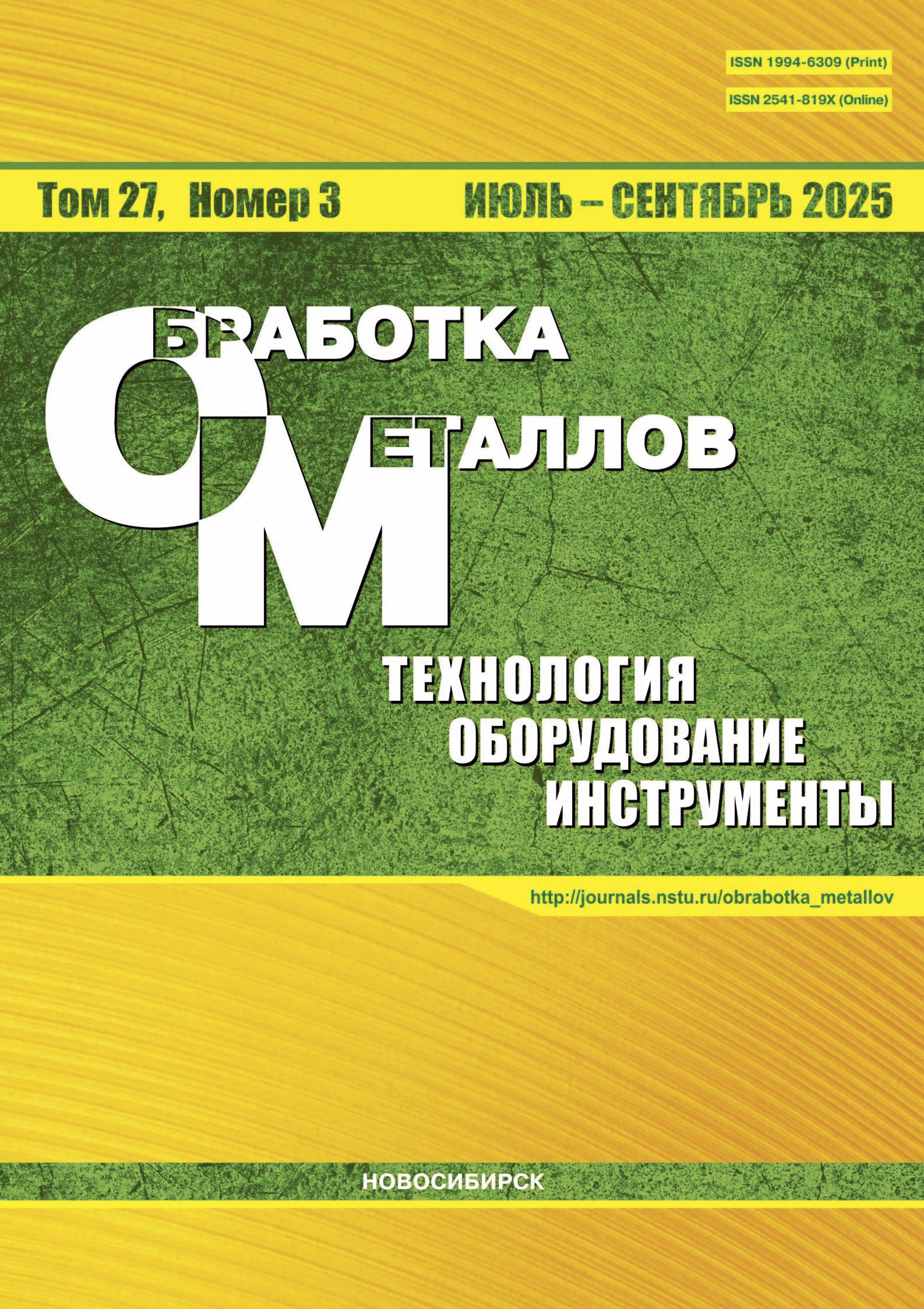Аннотация
Представлены результаты экспериментальных исследований влияния степени толсто-стенности и относительной высоты заготовок из стали 30, изменяющихся соответственно в диапазонах 2…10 и 0,6…10, на их остаточные деформации и деформирующие усилия при одноцикловом дорновании отверстий диаметром 5 мм, выполняемом по схеме сжатия с натягами от 1,9 до 13,7 % от этого диаметра. Установлено, что при малой относительной высоте заготовок из-за снижения сопротивления деформированию вытесняемый при дорновании из отверстия металл смещается только на их выходной торец и наружную поверхность, а окружная остаточная деформация на этой поверхности, возрастая с увеличением натяга и уменьшением степени толстостенности заготовок, практически не зависит от их относительной высоты. Показано, что по мере увеличения натяга дорнования все более толстостенные заготовки (в диапазоне степеней толстостенности 2…5) претерпевают сквозные пластические деформации.
Ключевые слова: Дорнование отверстий, остаточные деформации заготовок, деформирующие усилия
Список литературы
1. Проскуряков Ю.Г. Дорнование отверстий. – М. – Свердловск: Машгиз. 1961. – 192 с.
2. Проскуряков Ю.Г., Романов В.Н., Исаев А.Н. Объемное дорнование отверстий. – М.: Машиностроение, 1984. – 223 с.
3. Розенберг А.М., Розенберг О.А. Механика пластического деформирования в процессах резания и деформирующего протягивания. – Киев: Наукова думка, 1990. – 320 с.
4. Розенберг О.А., Цеханов Ю.А., Шейкин С.Е. Технологическая механика деформирующего протягивания. – Воронеж: ВГТА, 2001. – 203 с.
5. Скворцов В.Ф., Охотин И.С., Арляпов А.Ю. Влияние степени толстостенности заготовок на процесс дорнования отверстий, выполняемый с большими натягами // Известия Томского политехнического университета. – 2009. – Т. 314. –№ 2. – С. 62-65.
6. Скворцов В. Ф., Арляпов А. Ю., Охотин И. С. Дорнование глубоких отверстий малого диаметра // Приложение. Справочник. Инженерный журнал. – 2012. –№ 2. –C. 1-24.


